Family owned
practice SINCE 1981
We are open!!!
The office has reopened, following all guidelines from the CDC and American Dental Association in regards to Covid-19.
Dr. Barry Rosenthal
Dr. Brian Rosenthal
Dr. Paul Garcia
Dr. Maria Escabi
Dr. Federico Maeso
About Rosenthal Family Dentistry
We are a family run practice established in 1981. We maintain the highest standards and are honored to service our community. We have a consistent team of dedicated professionals.
Our goal is to provide a top quality experience to our patients.
Our team consists of highly motivated and skilled specialists who know how to deal with any issue that you may come across. This creates a basis for lasting relationships with our clients built on trust and mutual understanding.
Over 900 5-Star Google reviews!

Doctors

Barry W. Rosenthal, DDS
Dr. Barry Rosenthal was born and raised in Baltimore, Maryland. He attended the University of Maryland, College Park for his undergraduate studies and earned his D.D.S. degree from the University Of Maryland School Of Dentistry in 1978.
Dr. Barry Rosenthal was born and raised in Baltimore, Maryland. He attended the University of Maryland, College Park for his undergraduate studies and earned his D.D.S. degree from the University Of Maryland School Of Dentistry in 1978. Following graduation, Dr. Rosenthal enlisted in the United States Army and served on active duty from 1978 to 1981. He remained in the active reserves until 1986. In 1981, Barry W Rosenthal DDS was established as a 4 operatory dental practice located in Lauderdale Lakes. His practice started to grow rapidly and he realized he could no longer accommodate the expanding number of patients in that office. Dr. Rosenthal decided to look for a larger office and ultimately chose to purchase a vacant piece of property and custom build a larger office.
In 1995 our current office was completed with a total of 12 treatment rooms that has been constantly upgraded throughout the years. Dr. Barry Rosenthal DDS PA has a total of 24 team members many of them with over 20 years of service. Although no longer actively treating patients, Dr. Rosenthal remains an active part of the office and is involved with all the day to day activities of the practice. He volunteers as a Clinical Dental Professor in Miami and is constantly taking courses to stay up to date. When he is out of office he spends much of his time with his family and traveling the world. He has two daughters, two sons, and two granddaughters. His grandchildren’s photos are located throughout the office and they are relentlessly spoiled by their Papa. He established our Dental office as a premier office over the course of almost four decades and continues to maintain the highest standards of excellence.

Dr. Brian Rosenthal
He has been practicing in the current office since 2013. Dr Rosenthal continues to take many advanced courses in all aspects of general dentistry
Learn More

Dr. Garcia
Dr Garcia was accepted to one of the top ranked dental schools in the country the New York University College of Dentistry.

Dr. Escabi
Dr Escabi completed a General Practice Residency at Long Island College Hospital in Brooklyn in 1996.

Dr. Maeso
After completing dental school, he moved to New York City where he continued his training in a two year Advanced Educational General Dentistry
Learn More

SERVICES WE OFFER
We look forward to helping you achieve your perfect smile.
We specialize in beautifying smiles and maintaining your dental health.
We work with most insurance plans and PPOs. We speak Spanish and Creole

